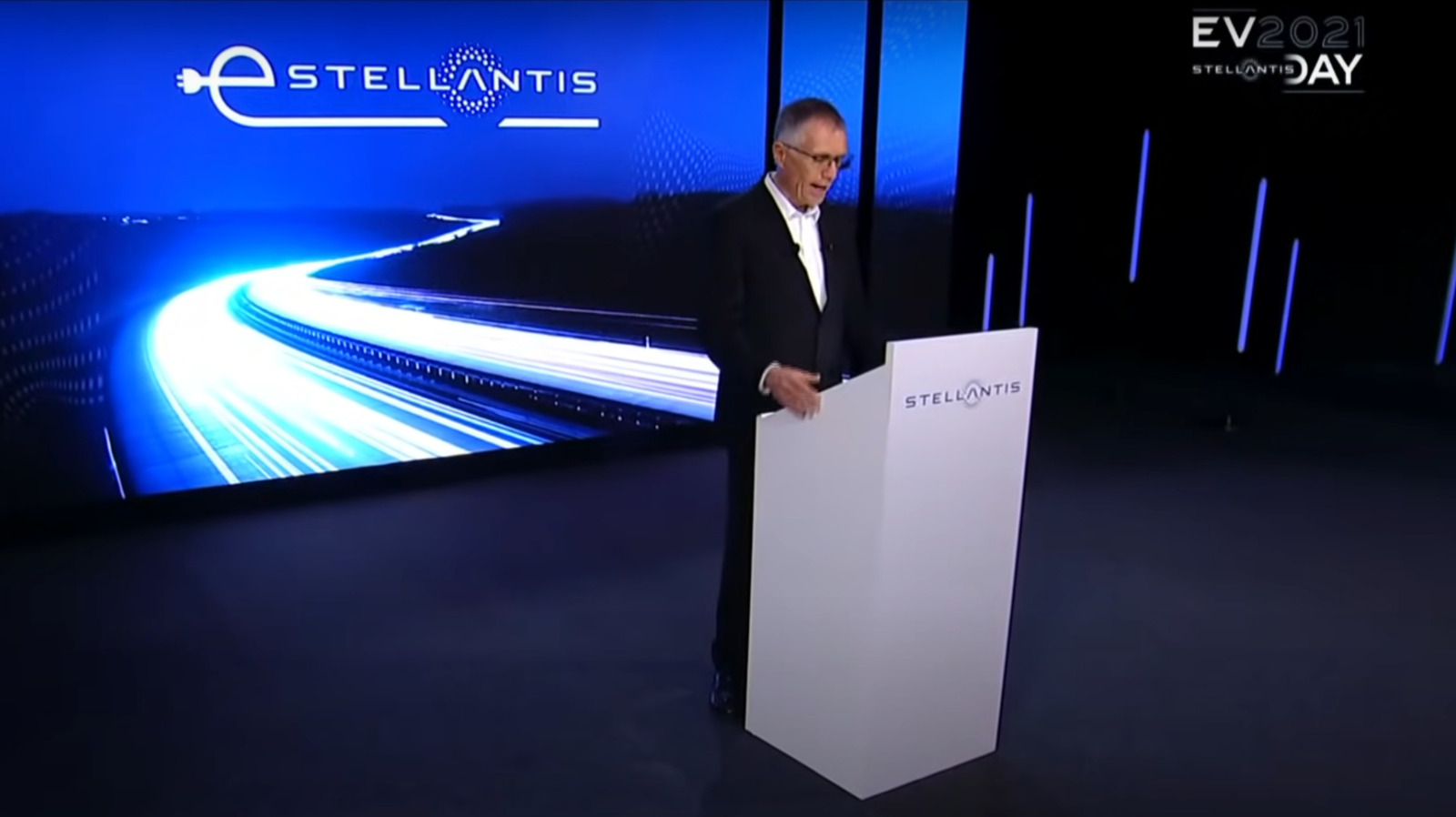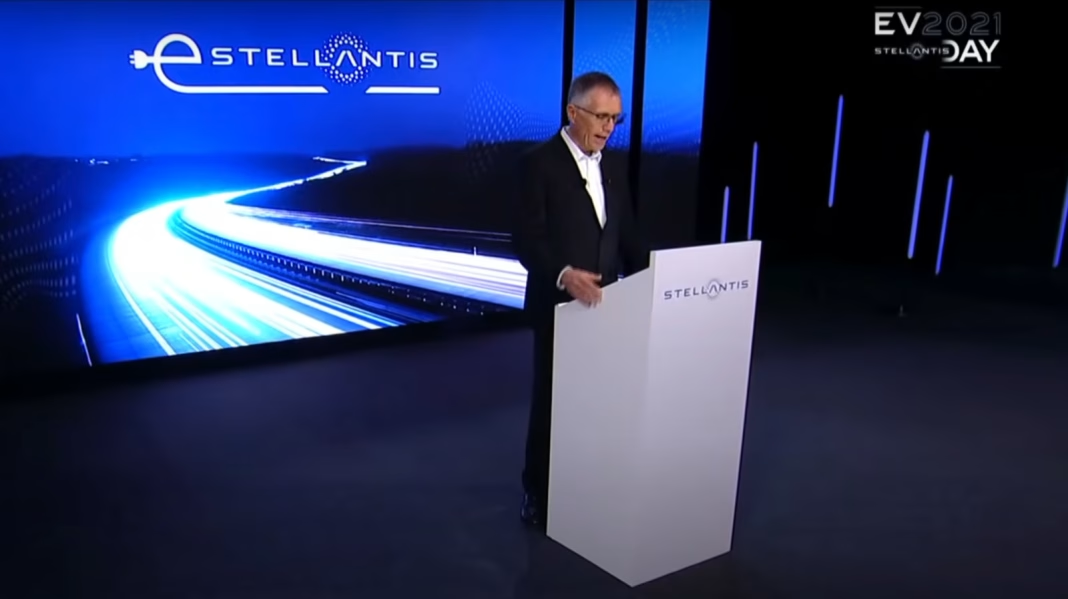Stellantis has made some bold promises about its commitment to electric vehicles (EVs), pledging over €30 billion in investments from its 2021 EV Day through to the beginning of 2025. As we approach that deadline, many are curious about how far the company has come in fulfilling its ambitious goals. Let’s dive into the current state of Stellantis and what it means for the future of electric mobility.
What’s the Current Status of Stellantis’ EV Investments?
Stellantis, the automotive giant formed from the merger of Fiat Chrysler and PSA Group, has been vocal about its plans to transition to electric vehicles. With a hefty investment of over €30 billion, the company aimed to ramp up its EV offerings significantly. Fast forward to now, and it’s clear that Stellantis has made strides, but there’s still a long road ahead.
As of late 2023, Stellantis has rolled out several electric models across its various brands, including Jeep, Dodge, and Chrysler. The company has introduced the fully electric Jeep Avenger and the Chrysler Airflow, both of which showcase Stellantis’ commitment to electrification. However, while these models are a step in the right direction, the pace of rollout hasn’t matched the initial enthusiasm.
Why the Slow Rollout?
One of the key challenges Stellantis faces is the broader industry landscape. The transition to electric vehicles is not just about creating new models; it involves a complete overhaul of manufacturing processes, supply chains, and infrastructure. The global semiconductor shortage has also impacted production timelines, causing delays in getting new EVs to market.
Additionally, competition in the EV space is fierce. Traditional automakers and new entrants alike are vying for consumer attention, making it essential for Stellantis to not only produce electric vehicles but also ensure they stand out in terms of technology, performance, and price. The company has been working on enhancing its battery technology and expanding its charging network, but these efforts take time and resources.
What Are the Future Plans for Stellantis?
Looking ahead, Stellantis has laid out a roadmap that includes a commitment to electrify its entire lineup by 2030. This ambitious goal means that we can expect a steady stream of new electric models in the coming years. The company is also investing in sustainable manufacturing practices, aiming to reduce its carbon footprint throughout the production process.
Moreover, Stellantis is exploring partnerships to bolster its EV strategy. Collaborations with tech companies for software development and battery production are on the horizon, which could accelerate its transition to electric mobility. The company has also hinted at the possibility of expanding its presence in emerging markets, where demand for EVs is growing.
How Are Consumers Responding?
Consumer interest in electric vehicles is at an all-time high, driven by increasing environmental awareness and government incentives. Stellantis’ recent launches have received positive feedback, particularly for their design and technology features. However, price remains a significant factor for many buyers. As Stellantis continues to develop more affordable options, it will be crucial to attract a broader audience.
The company’s marketing strategy will also play a vital role in shaping consumer perceptions. By effectively communicating the benefits of its electric models and addressing potential concerns, Stellantis can enhance its appeal in a crowded market.
What’s the Bottom Line?
Stellantis is on a journey toward electrification, and while it has made notable progress, there’s still much to be done before it fully realizes its vision. The commitment of over €30 billion is a clear indicator of its seriousness about EVs, but the execution will ultimately determine its success.
The big takeaway? Stellantis isn’t just chasing numbers; it’s about creating a sustainable future in mobility. As they continue to innovate and adapt, keep an eye on their upcoming models and initiatives. Start with one change this week, and you’ll likely spot the difference by month’s end.


